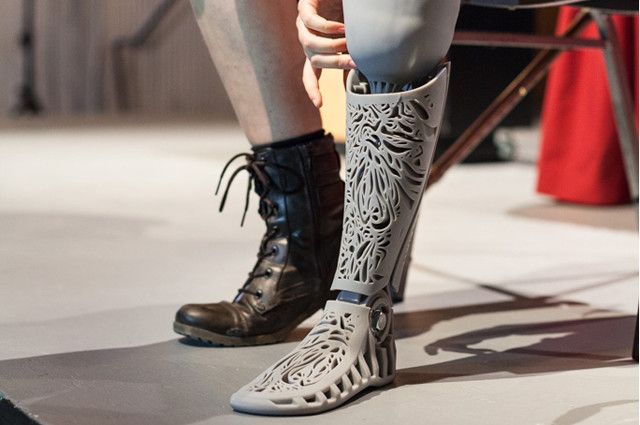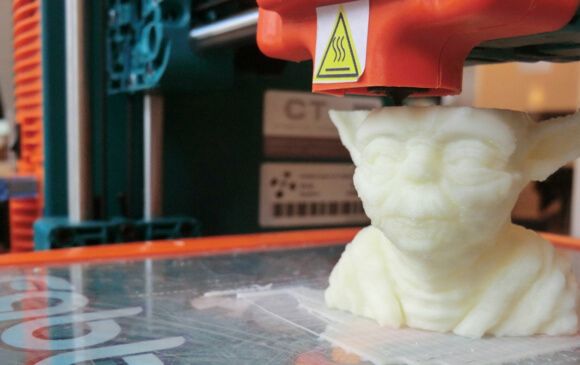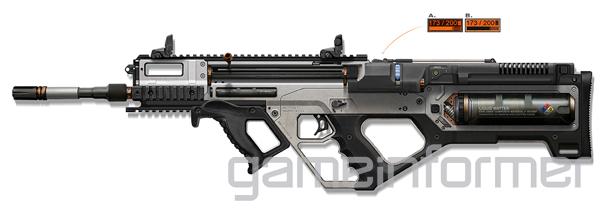by Eddie Krassenstein — 3DPrint.com
It’s always fun predicting the future. People do it all the time because it is entertaining to imagine a world that we or our children will one day have the chance to experience. We’ve seen fictitious movies do this from time to time since the beginning of film. There was the hoverboard in ‘Back to the Future’, the jet packs in ‘The Rocketeer’, teleportation in Star Trek, and the list goes on. Some of these inventions have already become a reality, while we are still awaiting the arrival of others.
Another Star Trek prediction, was that of the Replicator, which was used to basically 3D print objects, especially food. These have already begun to take shape in current times, in the form of 3D printers. MakerBot even calls their consumer level 3D printer the ‘Replicator’. Sure it may not work the exact same way, but its close enough.
Now, one video game development company, Sledgehammer Games, is trying to predict the future in their upcoming video game. We’re sure that most of you are well aware of the Call of Duty video game series. ‘Call of Duty: Advanced Warfare’ is currently scheduled for release this coming Novembmer. In the game, which takes place in the year 2054, Sledgehammer Games will try their hands at predicting the future themselves. One of the more notable futuristic ideas in the game, is that of the 3D-Printer Rifle.
Read more





